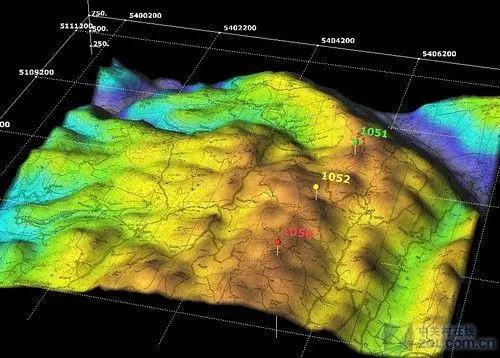GIS spatial data sharing standard
Due to GIS software, different GIS software has different definitions and storage structures of spatial data, the data formats in GIS databases are incompatible. That is, the data storage formats supported by different GIS software cannot be directly used by each other, and they can only be used by each other after format conversion.
<center> </center>
</center>
1.SDTS Spatial Data Conversion Standard
SDTS Spatial data conversion Standard (Spatial Data Transfer Standard), The American Geological Survey Association (USES) established SDTS as a standard for the conversion of spatial data on different computer systems. It is mainly to promote the exchange and sharing of spatial data (including geographical and cartographic data, etc.).
SDTS was recognized as the federal information processing standard by the United States in July 1992. (Federal Information Processing Standard). The first revision was made in June 1994 Topology Vector Specification (topological vector profile) is added to the standard. FIPS173 has served as a federal agency and state and local government of the United States. Spatial data conversion mechanisms for research and technical organizations as well as the private sector. Later, Two-dimensional raster data specification and transportation network specification have been added, and others are still in development.
2.ISO/TC211 Geographic Information Standard
ISO/TC211 Geographic Information / Geo-Information Science Professional Committee was established in March 1994. Its purpose is to promote the development, utilization and sharing of global geographic information resources. That is, to establish ISO/TC211 geographic information / geo-information science standards. It is a structured standard for the information of objects or phenomena directly or indirectly related to the position on the earth. The standard is divided into 25 parts (as of May 2000), which mainly focuses on the content and related methods of geographic information. Various data management tools and services and related requests, processing, analysis, acquisition and expression. Data conversion is carried out on different users, system platforms and locations.
3.DIGEST Digital Graphics Information Exchange Standard
DIGEST-- Digital Graphics Information Exchange Standard (Digital Geographic Information Exchange Standard). It was formulated by Digital Geographic Information Working Group (DGIWG). The DGIWG is made up of a number of members of the NATO North Atlantic Treaty Organization. DIGEST can handle grids, transformation of matrix and vector data (including topology). DIGEST divides data transmission into five levels:
(1) Volume level
(2) Data set level
(3) Feature level
(4) Topology / spatial record hierarchy
(5) Attribute level
4.OpenGIS and its specifications
In order to research and develop open GIS technology, the 0GC OpenGIS Consortium was established in the United States in 1996. Open GIS (Open Geodata Interoperation Specification, OGIS) was proposed by the American OGC (OpenGIS Association). OGC is a non-profit organization, which aims to promote the adoption of new technologies and business methods to improve the interoperability of geographic information processing.
5.SAIF Space Archive and Exchange Format
SAIF spatial archive and exchange format, proposed by the Government of British of Canada. It is not only a language for geographic data modeling, but also an intermediate format for storing and distributing data. As a means of sharing geospatial data, the design of SAIF meets interoperability, especially data exchange. SAIF regards geographic data as just another kind of data processing; SAIF follows a multi inheritance, object-oriented paradigm.